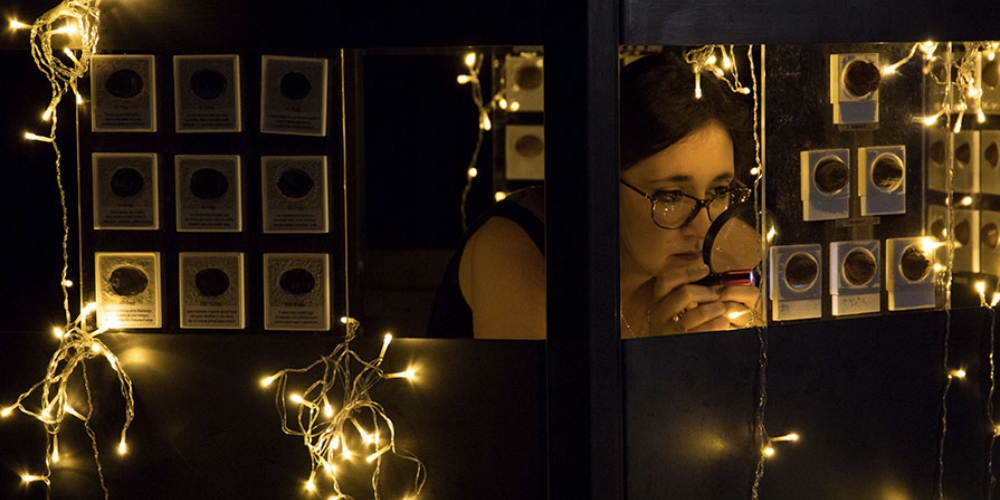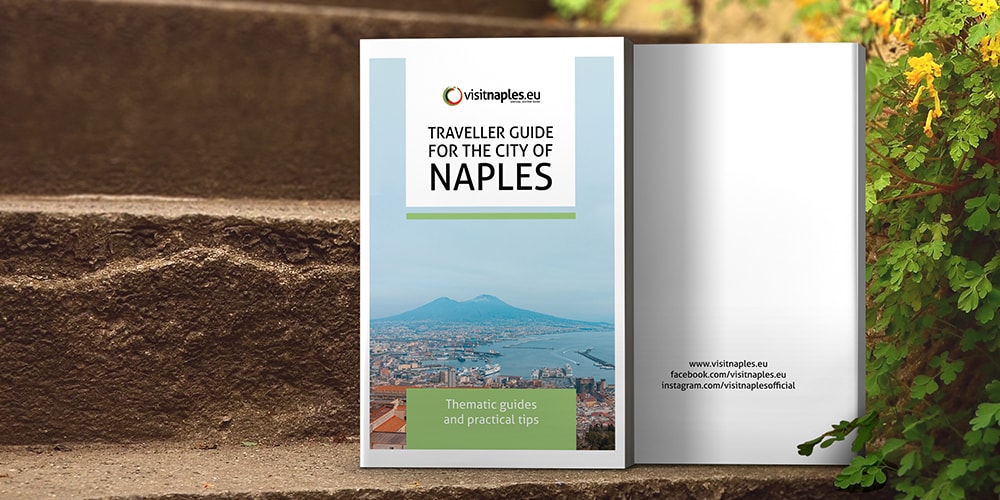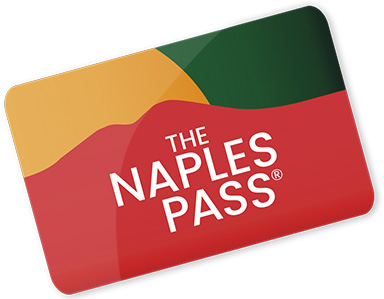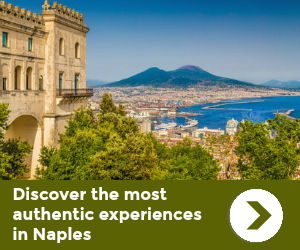In the heart of Naples, a museum with incredible appeal and great power of attraction given its uniqueness is making room for itself. It is the one-of-a-kind Museo Divino, located among the folkloric streets of Spaccanapoli. Inside it mixes art, literature and mysticism in a small space where, however, one can experience immense journeys with the mind. Moreover, the museum figures in the Naples Pass, and that's an occasion unmissable.
The museum presents the public with scenes from Dante's Divine Comedy and nativity scenes with the theme of the nativity as the main focus. However, the peculiarity lies not so much in what is depicted, but in how. In fact, the representations are made inside walnuts, eggshells and pistachios, all natural objects of truly tiny dimensions.
The SAME collection: the secrets of the artist Antonio Maria Esposito

The Museum's source of spectacle and fascination lies in the "SAME Collection," or the agglomeration of small-scale masterpieces, which makes it all the more magical, created by Antonio Maria Esposito. We are talking about a man who lived throughout the 20th century and died in 2007, who went through an intense life, dense with prayer and spirituality. He was already in the seminary when he had to face on the front lines the precarious health conditions of his mother, who died in 1941. Her first work, a crib made in her mother's medicine boxes, is from this year. The trauma of the loss will be a major step in the continuation of Antonio Maria Esposito's artistic and ecclesiastical journey.
From here on, Antonio Maria Esposito goes through a deep crisis, which then leads him to continue more and more with the performance of his small works. It will become an activity that goes almost hand in hand with his ecclesiastical career, an inseparable union. For him, creating and modeling these masterpieces has a meaning beyond the immediate, the superficial. In fact, he embraces the transcendental, it is a path of meditation that serves him to go beyond reality. In the beginning, there is no idea of showing the works at all, except to a select few. Instead, one of the first donations was made to Pope Wojtyla, which makes his will even more noble and elevated. Moreover, among the various creations of a Dantesque nature, there are some that make their public debut right on the sidelines of the SAME Collection at the Divine Museum.
How the works in the Collection are made and what they represent

If the final product is excellent and unique, the preparation perhaps adds even more value to the making of the work. We are talking about a truly remarkable difficulty on the part of the artist given the difficulty of the process, which is a few steps but complex. Everything starts and ends with shells, thus with natural raw materials. The characters are dried and sculpted drops of oil paint, having heads and hands made of pear pulp grains. Finally, landscapes are made from natural materials such as moss, pine shoots and flower pistils. Of course, the delicacy of the result fully renders the idea of extreme difficulty of composition and workmanship.
Having said the preparation, the result speaks of nativity, then settings around year zero in Palestine, or Divine Comedy. There are 45 works in total, made after painstaking and spasmodic research.
In the Dante section, scenes from Hell predominate, slightly more than Purgatory; there is only one depiction of Heaven. Among the many, striking is that of the Ignavi, figures present in Canto III of Hell who never took a stand in life, guilty of never taking sides, either with good or evil. We were saying, Dante's expression is striking, as we fully capture his surprise at meeting the Ignavi.
Admission to the Museo Divino is included in the Naples Pass. Once inside, site volunteers will expertly and diligently guide the public through the exhibition, helping visitors by offering them a magnifying glass and a torch to immerse themselves in this special microcosm.
the Museum is in the heart of Naples, which is not a small plus, as it offers a way to dive inside the city after visiting the Exhibition, and it is also really very easy to get to. The Museum is open daily from 11 a.m. to 4 p.m., and is located at Via S. Giovanni Maggiore Pignatelli 1B, right in the historic center as mentioned earlier.










Lascia un commento